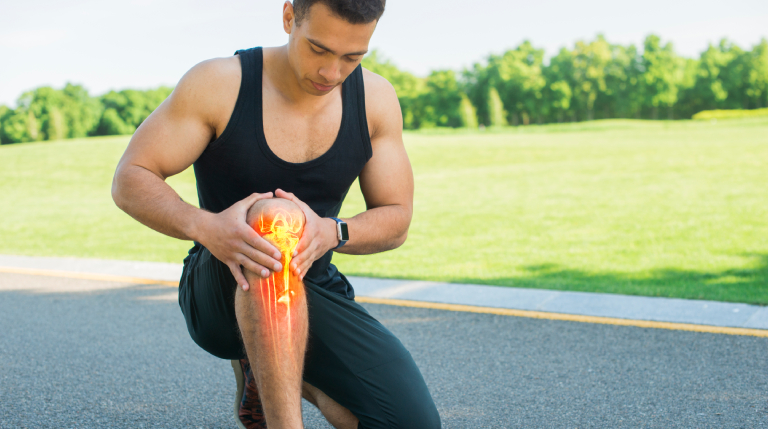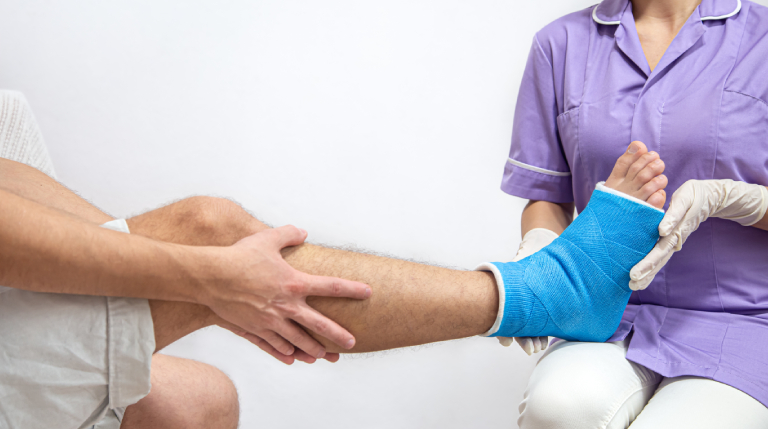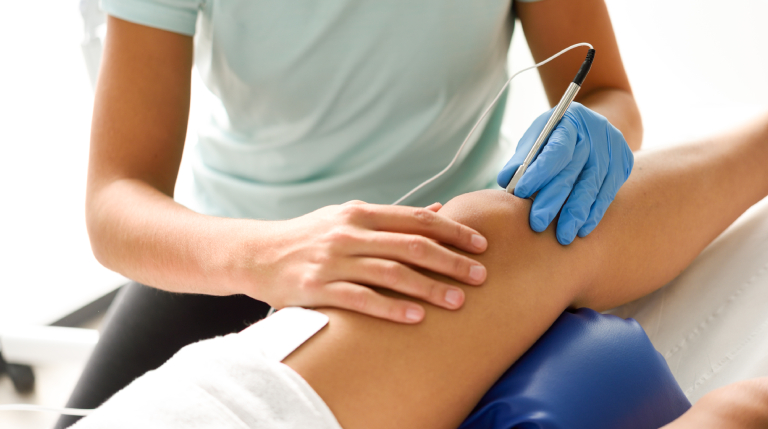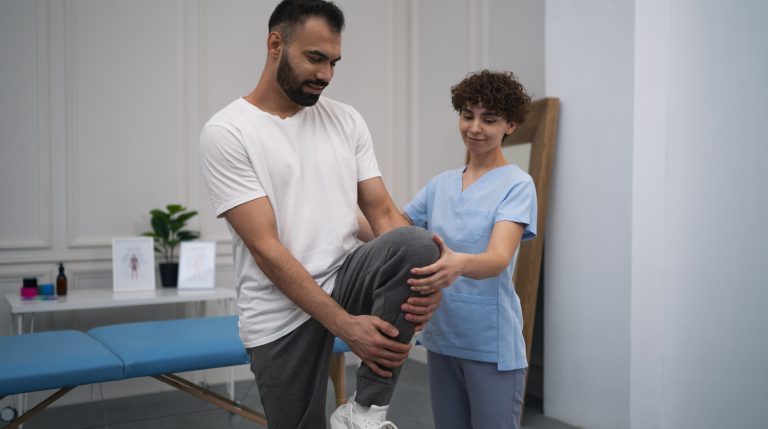
Proactive ACL Injury Prevention- Strategies to Safeguard Your Knees
Synopsis
Preventing an ACL injury is crucial for athletes and active individuals to maintain long-term knee health and performance. This blog explores effective prevention strategies that can significantly reduce the risk of ACL injuries. Under the guidance of Dr. Yugal Karkhur, learn about biomechanical assessments, strength training exercises, and lifestyle modifications that can protect your knees against injuries. Discover how incorporating these preventative measures can enhance your athletic performance and help you enjoy day-to-day activities without fear of injury. Dr Karkhur’s expert insights into ACL prevention aim to educate and empower individuals to take proactive steps towards maintaining optimal knee health.
Table of Contents
- The Importance of ACL Injury Prevention
- Biomechanical Techniques to Reduce Injury Risk
- Strength and Conditioning for ACL Stability
- Lifestyle Modifications to Prevent ACL Injuries
- Sports-Specific Strategies for ACL Injury Prevention
- The Importance of Proper Equipment in Preventing Injuries
- Dr. Yugal Karkhur’s Comprehensive Approach to ACL Prevention
The Importance of ACL Injury Prevention
The Anterior Cruciate Ligament (ACL) is one of the most critical ligaments in the knee, providing stability and supporting dynamic movements. Injuries to this ligament can result in significant downtime and, in some cases, long-term complications. Preventing ACL injuries is, therefore, essential, particularly for athletes and individuals engaged in regular physical activities. Dr. Yugal Karkhur emphasizes the importance of prevention as the key to maintaining knee health and overall physical performance.
Biomechanical Techniques to Reduce Injury Risk
One of the primary strategies Dr. Karkhur uses to prevent ACL injuries involves biomechanical assessments. These assessments analyze how individuals move and identify any abnormalities or weaknesses that could lead to injuries. By understanding these patterns, targeted interventions can be designed to correct movement and enhance the knee’s stability.
Techniques such as video analysis of running, jumping, and other sports-specific actions allow Dr. Karkhur to pinpoint risky biomechanical patterns. Corrective exercises and training programs are then implemented to adjust these patterns, thereby reducing the strain on the ACL and preventing potential injuries.
Strength and Conditioning for ACL Stability
Strength training plays a pivotal role in preventing ACL injuries. Dr. Karkhur recommends a regimen that focuses on strengthening the muscles around the knee—the quadriceps, hamstrings, and glutes. Strong muscles help support the ligaments, including the ACL and can absorb the impact that might strain or damage the knee.
Specific exercises such as squats, lunges, leg presses, hamstring curls, and plyometric drills are advised to improve muscular balance and joint stability. These exercises are tailored to each individual’s needs based on risk factors and activity levels, ensuring optimal protection against injuries.
Lifestyle Modifications to Prevent ACL Injuries
Dr. Yugal Karkhur stresses the importance of lifestyle choices in maintaining knee health and preventing injuries. Simple modifications such as maintaining a healthy weight can significantly reduce the pressure on the knees during physical activities. Dr Karkhur advises on nutritional strategies that support muscle strength and joint health, including adequate protein intake and foods rich in omega-3 fatty acids, which can help reduce inflammation.
Additionally, Dr. Karkhur recommends incorporating low-impact activities into training routines, such as swimming or cycling. These activities can help maintain cardiovascular fitness and muscle strength without putting excessive stress on the knees. Such activities are especially important for athletes during off-season periods or for individuals recovering from minor knee discomfort.
Sports-Specific Strategies for ACL Injury Prevention
For athletes, specific preventive measures tailored to their sports can significantly reduce the risk of ACL injuries. Dr. Karkhur works with sports coaches and trainers to develop customized training programs that include warm-up routines, agility drills, and flexibility exercises designed to prepare the muscles and ligaments for the demands of particular sports.
These programs also teach proper pivoting, jumping, and landing techniques—common movements where improper form can lead to ACL injuries. By improving technique and body mechanics, athletes can prevent injuries and enhance their overall performance.
The Importance of Proper Equipment in Preventing Injuries
Proper sports equipment, especially footwear, is crucial in preventing ACL injuries. Dr. Karkhur advises athletes and active individuals to wear shoes that provide adequate support and are appropriate for their specific activity. This might involve choosing shoes with proper cushioning, stability, and traction to help absorb shock and reduce slipping, which can place undue strain on the knee.
Additionally, for high-risk sports like football or skiing, braces or supports can provide extra stability to the knee and help prevent injuries. Dr. Karkhur often recommends these aids to patients with a history of knee injuries or particularly susceptible to such issues.
Dr. Yugal Karkhur’s Comprehensive Approach to ACL Prevention
Dr Yugal Karkhur’s approach to ACL injury prevention is holistic, addressing all aspects, from physical training to lifestyle and equipment. He conducts regular workshops and sessions with patients, coaches, and sports organizations to spread awareness about the importance of injury prevention. His protocols are based on the latest research and best practices in sports medicine, which he continuously updates to include new insights and techniques.
Conclusion
Dr. Yugal Karkhur’s commitment to ACL injury prevention is a testament to his dedication to patient care and sports medicine. By incorporating advanced diagnostic techniques, personalized training programs, lifestyle advice, and proper equipment usage, he provides a robust framework for preventing ACL injuries. For athletes and individuals leading active lifestyles, following Dr. Karkhur’s preventive strategies can lead to healthier knees, improved performance, and a reduced risk of debilitating injuries. His proactive approach ensures that patients avoid injuries and embrace a lifestyle that fosters long-term health and mobility.




